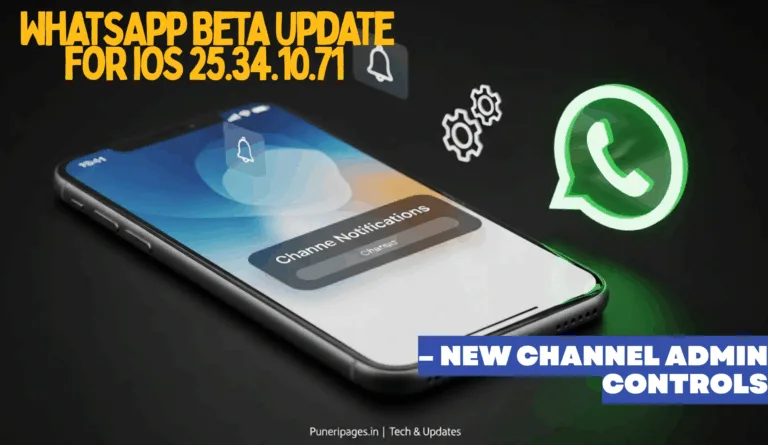
AWS Kiro promises to revolutionize coding by turning specs into software — instantly. Image by puneripages.in
By Prashant for PuneriPages.in
Let me say this straight: if you’ve ever felt bogged down by writing boilerplate code or spending half a day debugging some annoying error, you’re going to want to pay attention to what AWS just announced.
So, what is AWS Kiro?
AWS Kiro is not just another AI helper like GitHub Copilot. It’s not here to just suggest the next line of code. This thing is an agent. That means instead of reacting to your code, it takes your specification — like, in plain English, what you want your app or software to do — and then just… goes and does it.
Yep. It writes the code. It writes the tests. It runs the code. Debugs it. Even deploys it.
Mind. Blown.
Think of it like this: if Copilot is your clever intern sitting beside you, Kiro is like hiring an entire mini-dev team. And all you had to do was send a well-written brief.
Table of Contents
Why I Think This Is a Huge Deal
This isn’t just another tool to speed up a few lines of code. It’s a shift in how we build software. The moment I read about Kiro, I immediately thought of how it compares with other buzzworthy tools like Devin AI or the ever-popular GitHub Copilot.
Let’s break it down.
| Feature | GitHub Copilot | Devin AI / AWS Kiro |
|---|---|---|
| Your Role | Code writer | Project planner |
| AI’s Role | Suggest next lines | Execute full plan from start to finish |
| Testing & Debugging | Manual | Automated |
| Deployment | Not included | Built-in (yes, really) |
And here’s the kicker: Kiro isn’t a hypothetical or “coming soon” kind of product. AWS has launched it. It’s real. It’s enterprise-focused. And it’s gunning for the big leagues.
What This Means for Devs Like You and Me
First off, don’t panic. Kiro isn’t here to take your job.
But it will change it.
I think we’re moving from being “coders” to being architects. It’ll be less about memorizing syntax and more about writing killer specifications. Your job will be to:
- Break big problems into clear steps.
- Think like a system designer.
- Review and refine what the AI builds.
- Catch those tricky bugs and logic gaps.
Basically, the boring repetitive stuff? Kiro can handle that. You focus on solving problems and building better systems.
And that’s honestly exciting.
A Quick Word of Caution
This isn’t magic (yet). Kiro’s success will depend on how well you can describe your idea. Garbage in, garbage out. It might take some time to get used to this new workflow.
But trust me, this shift is happening.
Final Thoughts
We’re witnessing the beginning of what might be the biggest change in software dev since open-source went mainstream. Tools like AWS Kiro are redefining what it means to “build software.”
To me, Kiro doesn’t feel like a threat. It feels like freedom. Freedom from grunt work. Freedom to focus on the things that actually require creativity and logic.
Whether you’re a student learning your first loop, or a senior engineer with years of legacy code under your belt — this is a moment to pay attention.
The future of coding isn’t just about writing better code. It’s about building better ideas.
And I’m totally here for it.






